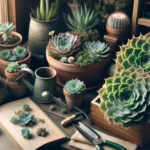Introduction to Jade Rose Sempervivum
Join us on a verdant journey into the realm of Jade Rose Sempervivum, a specimen where tenacity meets elegance. This hardy succulent, known for its stone-like appearance, has garnered admiration from gardening aficionados and eco-enthusiasts alike. Delve into the beginnings of this exceptional plant, exploring its evolutionary path and how it stands out in the plant kingdom.
The allure of the Jade Rose Sempervivum is not just in its robust nature, but also in its versatility within home gardens. Picture a sun-drenched rockery, pockets of soil nestled between stones, and there it is—the Jade Rose Sempervivum, unfurling its opulent rosettes amidst the rugged terrain. Instantly, it transforms an ordinary landscape into an architectural masterpiece, showcasing its sculptural beauty.
Whether you’re a seasoned gardener or a curious onlooker, the magnificent display of resilience and beauty offered by Jade Rose Sempervivum will capture your heart. Did you know that even in the harshest conditions, the Jade Rose thrives where others falter? It serves as a living reminder that beauty indeed flourishes in adversity. For tips on how to bring its enduring magnificence into your own green space, you might want to explore dedicated care guides to foster a thriving garden sanctuary.
If cultivating your passion for succulents intrigues you, we invite you to uncover more succulent gardening insights, filled with practical tips and creative ideas to enhance your own flourishing oasis.
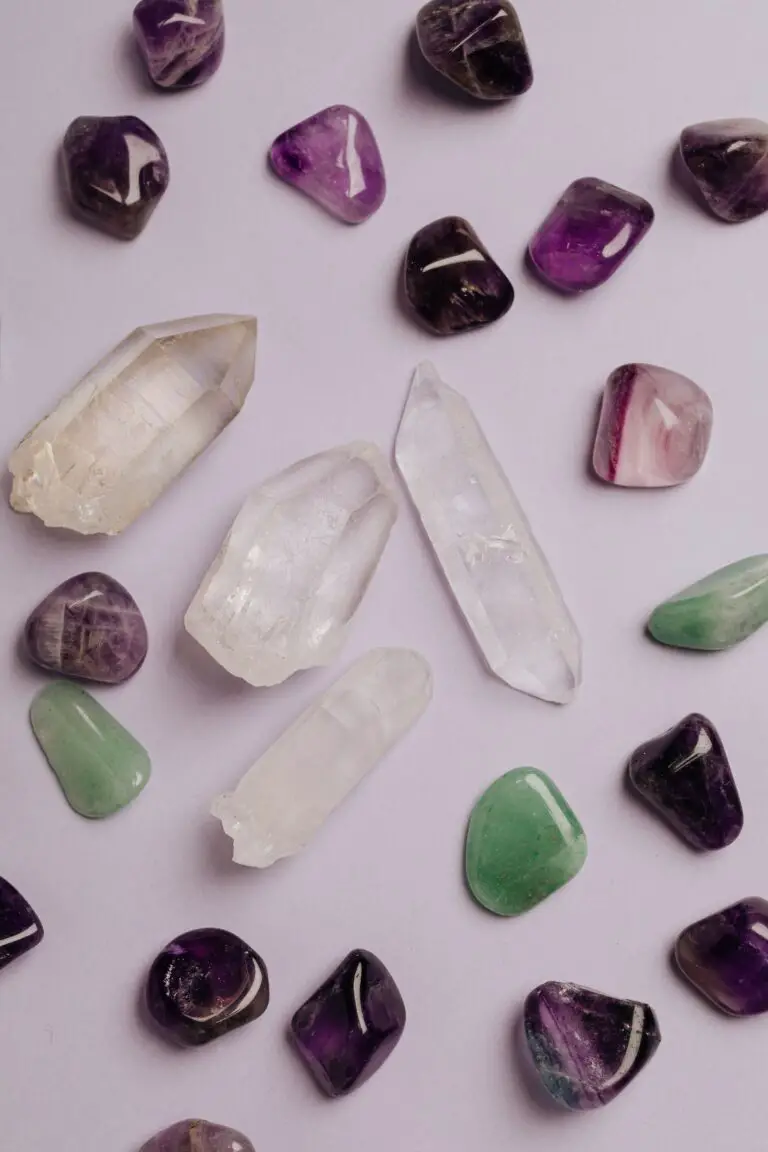
Understanding the Sempervivum Family
Welcome to a journey through the resilient world of the Sempervivum family, a stunning collective of succulents that capture the hearts of plant enthusiasts everywhere. Among this remarkable family, the Jade Rose Sempervivum stands out as a living sculpture, its rosettes reminiscent of finely crafted flora.
Let’s take a stroll down history lane where the Sempervivum genus takes root. Often found clinging to rocky ledges and thriving in arid soils, these succulents boast a lineage that intertwines with the very stone they often call home. The Sempervivums, with their ability to survive where others cannot, have earned them nicknames like ‘houseleeks’, pointing to their use in traditional European folk architecture as a protective charm for rooftops.
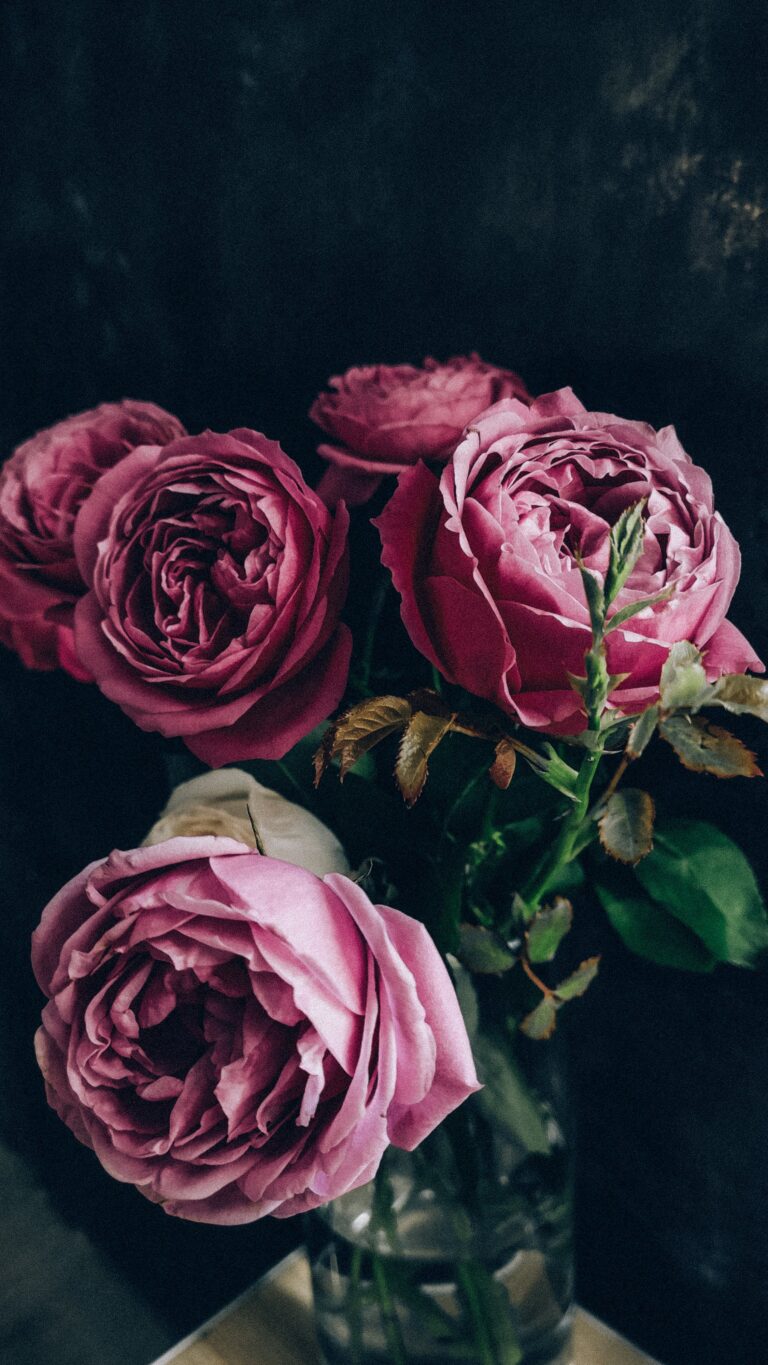
Interested in learning more about this remarkable genus? Visit Britannica for a detailed dive into the history and diversity of the Sempervivum genus.
Now, imagine the Jade Rose, not just a plant but an artist’s expression in succulent form. Unlike its relatives, which spread hues of green and red across rocky canvases, Jade Rose Sempervivum creates a spectacle with tinges of pink and purple that evolve with the seasons. Its plump leaves, symmetrically arrayed, can capture any onlooker’s gaze, prompting a moment of awe and a contemplation of nature’s artistry.
But beauty is not its only virtue; robustness is its heritage. As a member of the Sempervivum genus, its tenacity is unparalleled. From freezing temperatures to scorching sun, from drought to poor soil, the Jade Rose endures. For tips on nurturing these resilient beauties, check out The Ultimate Guide to Indoor Succulent Plants, a treasure trove of succulent care.
In understanding the Sempervivum family, we grasp the essence of survival and beauty in the plant kingdom. And within that family, Jade Rose Sempervivum beckons us to cultivate not just a plant, but a testament to resilience. So, when you gaze upon the symmetrical splendor of a Jade Rose, you witness a living testament to the sempervivum genus—timeless, undeterred, and truly beautiful.
Ideal Growing Conditions for Jade Rose
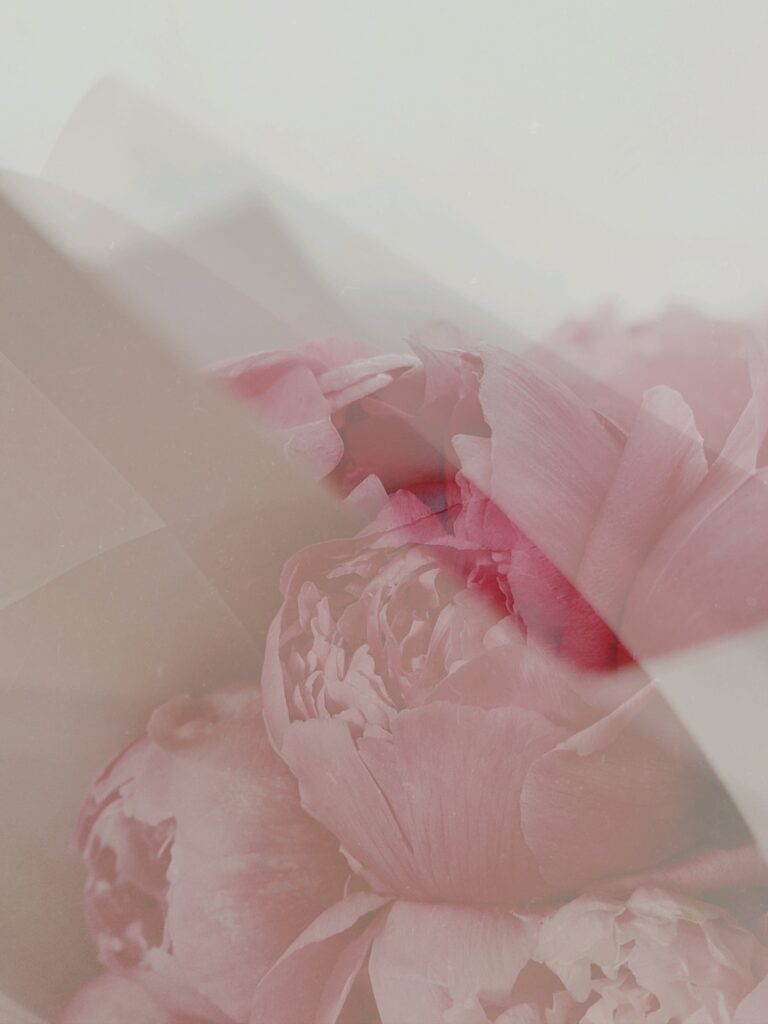
Want to create a succulent spectacle with the Jade Rose Sempervivum? Rolling out the green carpet for these living jewels means understanding their love for the perfect environment. Let’s give you a dirt-level scoop on what these stone-crafted beauties really crave!
A Burst of Sunshine
Your Jade Rose is a sun-worshipper at heart! Picture this: a day out in the Mediterranean sun. That’s the kind of sun-kissed love your plant needs to showcase those vibrant hues and hardy rosettes. Aim for a spot where the golden rays can play with its leaves for about six hours a day. Even better, the dappled afternoon light will help it avoid sunburn – yes, plants get that too!
Watering Wisdom
Next up is hydration, a touch more complex than “just add water”. The trick is to emulate a highland drizzle — sparing, yet profound. Overwatering? That’s a misstep you don’t want to take. Treat your Jade Rose to a deep drink only when the soil cries dry. Remember, their roots disdain soggy shoes!
Chill, but not Chilly
Temperature plays a big part in putting a spring in your succulent’s step. These little guys shiver in the cold and wilt in the extreme heat. Think of it like their comfort zone — a climate not too hot, not too cold, but just right. Ranging between 65-75°F (18-24°C) will keep your perennial friend perky all year round.
Keen on more insights? March over to our guide on creating a thriving succulent garden and shepherd your green gang to glory. Let’s turn your thumb greener than your garden!
Planting and Propagation Techniques
Welcome to the enchanting world of Jade Rose Sempervivum, a succulent that offers both resilience and radiance. Whether you’re an avid gardener or a novice looking to add a touch of green to your surroundings, the following instructions will guide you through the process of planting these stone-crafted beauties.
Firstly, it’s essential to choose the right soil. A well-draining mix is the secret ingredient for thriving sempervivums. Consider a combination of potting soil, coarse sand, and perlite to provide the perfect home for your plants. Once your soil is ready, planting is as simple as placing the root end into the soil and gently firming around it. These hardy plants don’t need to be planted deep; a shallow nest will do.
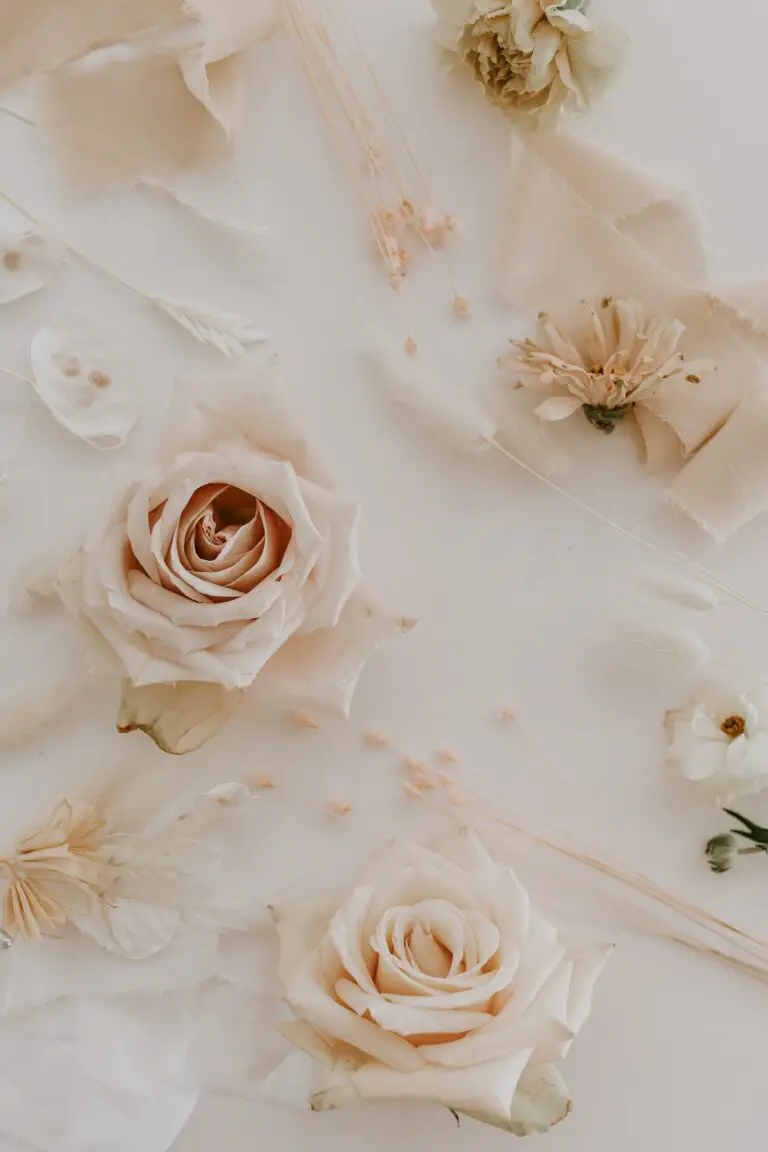
But why stop at one when you can propagate and multiply your collection? Propagating Jade Rose Sempervivum is an exciting venture. Begin by gently removing a healthy offset from the mother plant. You’ll notice it already has tiny roots eager to grow. Allow the offset to dry for a day or two, forming a callus over the cut surface. This step is crucial as it helps prevent rot when you plant the offset.
Once they have callused, introduce the offsets to their new soil bed and lightly water them. These tiny troopers are resilient – they don’t require much water to start their journey. Place your newfound plant friends in a spot where they will receive plenty of indirect sunlight and watch as they make themselves at home, gradually unfurling into robust and majestic succulents.
Remember, the timing of propagation is key. The best seasons are spring and summer, when Jade Rose Sempervivum fully embraces the growth season. This is when they’re most equipped to recover from propagation and bound to flourish in their new pots.
Real-life examples abound of gardeners who have watched a single plant transform into a lush carpet of Jade Rose, each rosette a testament to the ease and beauty of growing sempervivums. With each new addition, the tapestry grows more vibrant and varied, creating a living mosaic that’s as rewarding as it is beautiful.
Pro-Tip Corner
Don’t fear experimenting with different pot sizes and companions for your Jade Rose Sempervivum. They make excellent potted buddies with other succulents and are also splendid ground covers, resisting most pests and diseases with enviable fortitude. Just remember, while they love the sun, blistering midday rays can stress them, so aim for a balance of light and shade.
Embrace the art of planting and propagation with enthusiasm and a pinch of patience, and you’ll soon be surrounded by an ever-growing collection of Jade Rose Sempervivum. Each rosette isn’t just a plant; it’s a living sculpture, painstakingly crafted by nature, and now nurtured by you.
Jade Rose Sempervivum Care and Maintenance
Gardeners, rejoice! The rugged yet elegant Jade Rose Sempervivum is not only a feast for the eyes but also a plant that thrives with minimal fuss. Let’s dig into the simple yet critical steps to ensure your succulent friend stays in tip-top shape.
Watering: Quenching the Thirst the Right Way
First things first, water is life—but too much of it spells doom for these resilient rosettes. Mimic their natural alpine habitat by opting for a ‘soak and dry’ approach; drench the soil thoroughly, then hold your horses until it’s completely parched before going in for another round. This approach prevents overwatering, a common misstep that can lead to root rot. Remember, these succulents prefer to stay on the dry side.
Combatting Pests and Diseases: A Proactive Approach
While largely low-maintenance, the Jade Rose Sempervivum is not immune to the occasional creepy critter or ailment. Stay vigilant for signs of mealybugs or aphids, and tackle them head-on with a gentle insecticidal soap. As for diseases, good drainage is your best defense. Ensure your plant’s home has adequate drainage holes, and consider a gritty soil mix that wards off unwanted moisture.
Fertilizing: Less is More
When it comes to nutrients, think of fertilizing as a light seasoning rather than a full-course meal. During the growing season, a dilute solution of balanced fertilizer can give your Jade Rose Sempervivum a little boost—but don’t go overboard. These hardy succulents are used to thriving in lean soil, so a once-a-month treat is more than sufficient.
There’s a reason why the Jade Rose Sempervivum is a beloved choice for both beginner and expert gardeners alike. Its demanding appearance belies its undemanding nature, rewarding those who respect its simple needs with a stunning display of strength and beauty. So, give it the right care, and watch this stone-crafted beauty turn your garden or windowsill into an ode to Mother Nature’s resilience.
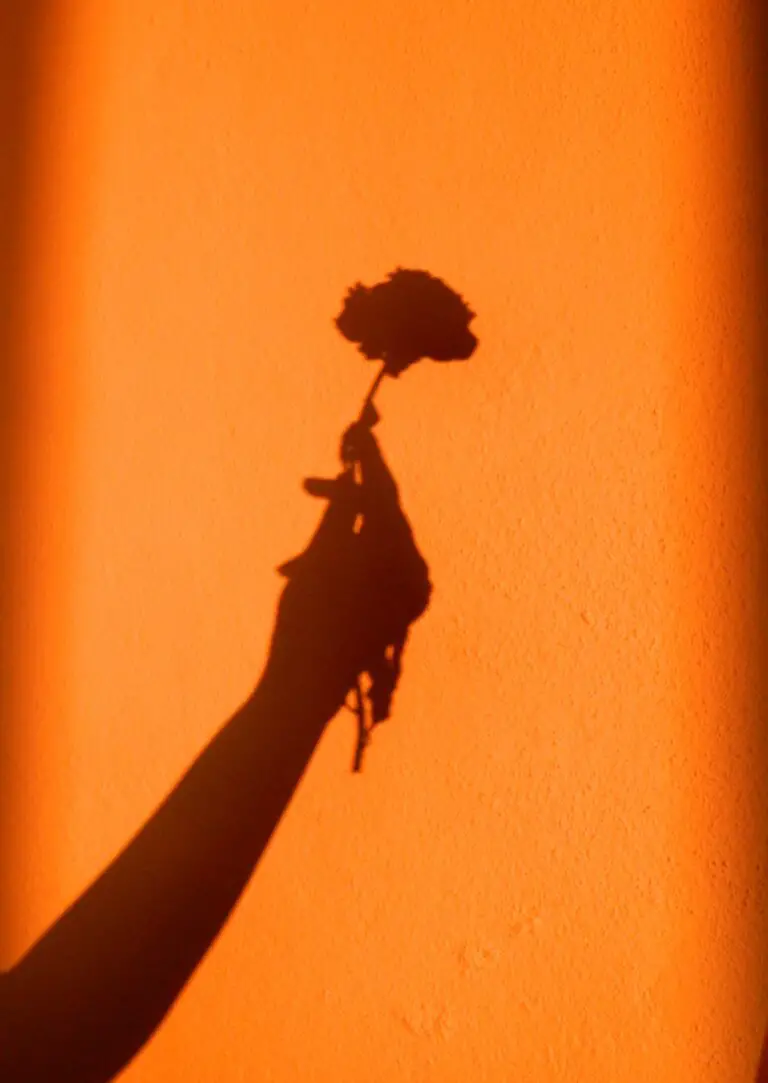
Design Ideas with Jade Rose Sempervivum
Envision transforming your garden into a tapestry of succulent splendor with the charming Jade Rose Sempervivum. These robust plants add a touch of textured elegance, making them ideal for a myriad of design concepts. In this garden of delights, let us guide you through some innovative ways to showcase these living stones within your verdant sanctuary.

Consider the visual symphony you could create with companion planting. Picture the Jade Rose Sempervivum nestled alongside soft silvery Dusty Miller or the feathery fronds of a Blue Fescue. The contrasting colors and shapes not only please the eye but also benefit the plants by attracting a variety of pollinators and beneficial insects.
Now, let’s talk about container gardening — an art in itself. Select a rustic earthen pot or a sleek modern container to contrast the timeless beauty of these succulents. Place them in groups to form a living mosaic on your patio, or perch a single pot on a sunny windowsill. Each Jade Rose Sempervivum becomes a focal point, a conversation starter, and a testament to your horticultural panache.
Gardening enthusiasts continually rediscover the joy of nurturing these plants. Take inspiration from a local community garden where Jade Rose Sempervivums spill from repurposed items such as old teapots and bird baths, blurring the lines between nature and imagination. Every corner reveals a unique idea, from sempervivums cascading over stone walls to perfectly aligned rows within a minimalist garden bed.
As you integrate the rugged charm of Jade Rose Sempervivums into your outdoor canvas, remember that these stout hearts thrive on minimal attention, leaving you more time to enjoy the beauty you’ve cultivated. So go ahead, reimagine your green space with the ageless allure of these stone-crafted beauties and watch as it transforms into a living landscape masterpiece.
The Aesthetic Appeal of Jade Rose Sempervivum
Imagine a plant with such a mesmerizing presence that it can steal the spotlight in any garden setting. The Jade Rose Sempervivum, with its stone-crafted features, is exactly that plant. Enthusiasts are drawn to its sculptural form, but the real show begins with the subtle shifts in its color palette. As seasons transition, so do the hues of this hardy succulent, painting the landscape with its evolving beauty.
During the spring, the rosettes of Jade Rose are particularly vibrant, infusing the garden with shades of deep green and dusty rose. These colors not only contribute to the aesthetic appeal of individual gardens but often become the cornerstone of succulent community discussions and shared cultivation tips. On sunny days, anecdotal evidence from gardeners suggests that the leaves may take on a brighter tone, reflecting a radiant aura that’s best experienced in person.
As autumn approaches, the colder temperatures coax out a richer, more intense coloration. This seasonal progression is more than just visual delight; it’s a dance of nature that tells a story of resilience and adaptation. Garden aesthetics are undeniably enhanced by this plant, which often serves as a focal point, drawing in the gaze of passersby and providing a conversation starter for those curious about these living gems.
Incorporating Jade Rose into your own landscape is like adding a living sculpture that evolves with time. Picture this: juxtaposed against the steadfastness of evergreens or the soft billows of ornamental grasses, the Jade Rose stands out, its hues shifting subtly and harmoniously. Its aesthetic appeal isn’t just limited to visuals; it’s about how it interacts with its surroundings to create a symphony of textures, colors, and seasonal narratives.
It’s easy to get lost in the vegetative artistry of the Jade Rose, especially when you witness the enthusiastic whispers among hobbyists who pride themselves on their thriving specimens. While photographs can capture a snapshot of its allure, it’s the in-person experience, watching the day-by-day transformation that truly encapsulates the aesthetic appeal of the Jade Rose Sempervivum.
Troubleshooting Common Problems
Gardening enthusiasts, take note! Growing Jade Rose Sempervivum, also known as hens and chicks, can sometimes feel like solving a complex puzzle. But fear not, for we’ve got the insider tips to keep your succulents thriving. Let’s dissect common quandaries you may encounter on your cultivation journey.
Imagine nurturing your Jade Rose Sempervivum with utmost care, only to notice the leaves turning soggy and the vibrant colors fading. Often, this sorrowful tale is the work of a notorious culprit: overwatering. These hardy plants, native to the rocky slopes of Europe, crave a dry environment. To combat this, ensure excellent drainage in your pots and resist the urge to water on a routine. It’s like making a succulent-friendly Mojave in your garden. Wait until the soil is parched before offering a drink, and your plants will reward you with robust growth.
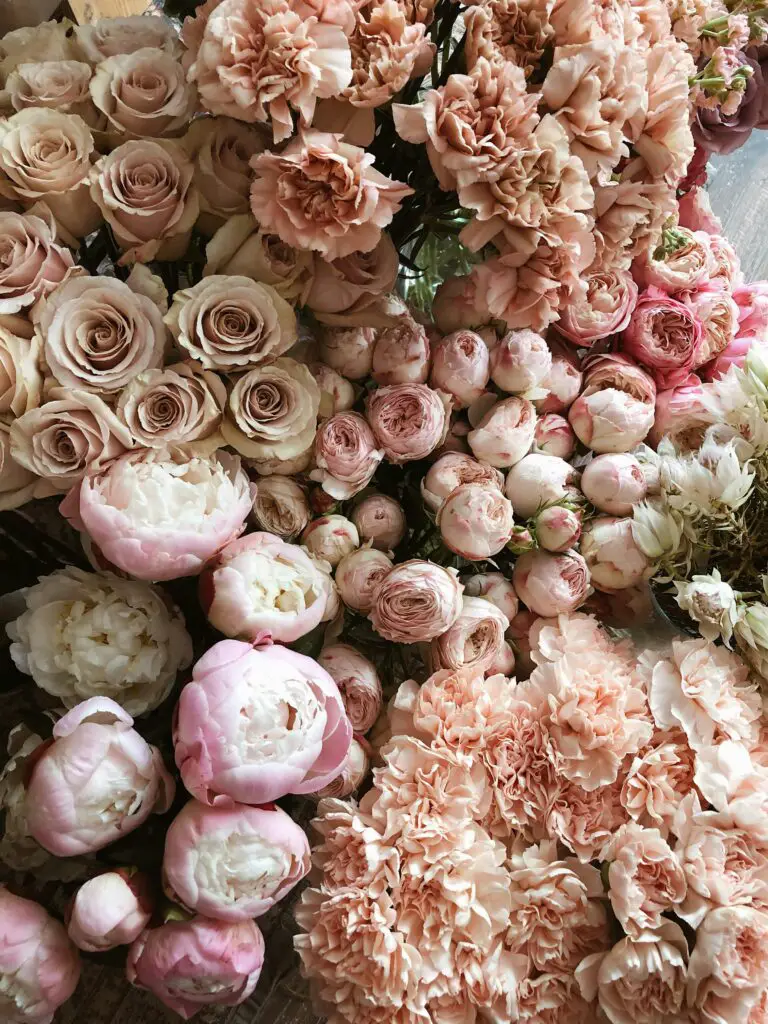
What about the garden nightmare of root rot? This silent assassin strikes when roots are marooned in moisture for too long, leading to decay. If you catch it early, you could perform a ‘succulent surgery’ by removing the rotted parts and repotting the healthy sections in fresh, dry soil. Preventative measures are your best defense; think of it as outfitting your Jade Rose Sempervivum with a raincoat. Using soil with ample perlite and sand helps mimic their alpine origins, shielding the roots from excess water.
Encountering pesky pests? Aphids and mealybugs can hold a siege on your unsuspecting sempervivums. Infestations often go unnoticed until the damage is visible, like an under-the-radar spy operation against your plants. Regular inspections are your countermeasure. Keep a keen eye on the undersides of leaves and in the crevices. Should you spot these invaders, deploy insecticidal soap as your botanical ‘bug SWAT team.’
Lastly, the climate conundrum. Jade Rose Sempervivum may love sunlight, but scorching heat without respite can be their downfall. It’s like sending them out without sunscreen. Pro tip: Observe how the sun’s rays play across your garden and position your plants in spots where they’ll receive morning light and afternoon shade. This prevents sunburn and ensures they get enough light to show off their striking rosette patterns.
Remember, growing a Jade Rose Sempervivum isn’t just about avoiding pitfalls; it’s about learning and adapting to your garden’s unique environment. With these tips, you’ll become a sempervivum sagace, nurturing a verdant haven of these stone-crafted beauties.
Contributions to Eco-Friendly Gardening

When it comes to sustainable gardening, the Jade Rose Sempervivum is a treasure trove of environmentally friendly virtues. Known for its resilience in dry climates and an uncanny ability to thrive with minimal care, this succulent invites gardeners to step into a world where green practices bloom effortlessly.
Drought tolerance is one of the most compelling features of the Jade Rose Sempervivum, making it a prime candidate for xeriscaping—the art of creating landscapes that reduce or eliminate the need for irrigation. Imagine landscapes graced with these stone-crafted beauties, sparing precious water resources while offering a vibrant spectacle of green, pink, and purple rosettes. Through creative placements of these succulents, it’s possible to design lush gardens that live in harmony with their natural surroundings and demand little from our limited water supply.
beyond its striking visual appeal and environmental resilience, the Jade Rose Sempervivum has another silent superpower: its maintenance routine, or lack thereof. Unlike many garden favorites that require a time-consuming regimen of pruning, deadheading, and fertilizing, the Jade Rose asks for little more than a sunny spot and some occasional watering. By reducing the need for chemical fertilizers and pesticides, this succulent stands as a testament to low-impact gardening, inviting enthusiasts to enjoy the pleasures of horticulture without the toil.
For those looking to personify the eco-friendly ethos in their green spaces, the Jade Rose Sempervivum is a symbol of sustainability. As gardeners weave these hardy plants into their landscapes, they’re not just crafting an aesthetically pleasing scene; they are actively participating in an ecological movement. The message is clear: the path to a greener future could very well be lined with the elegant, stone-crafted rosettes of the Jade Rose Sempervivum.
Frequently Asked Questions
Embarking on the rewarding journey of cultivating Jade Rose Sempervivum, you might find yourself swirling with questions. Fear not; this dedicated FAQ section is ready to guide you through common curiosities and concerns like a trusty compass! Let’s dive into the world of these rosette-forming perennials and unearth some gardening gems.
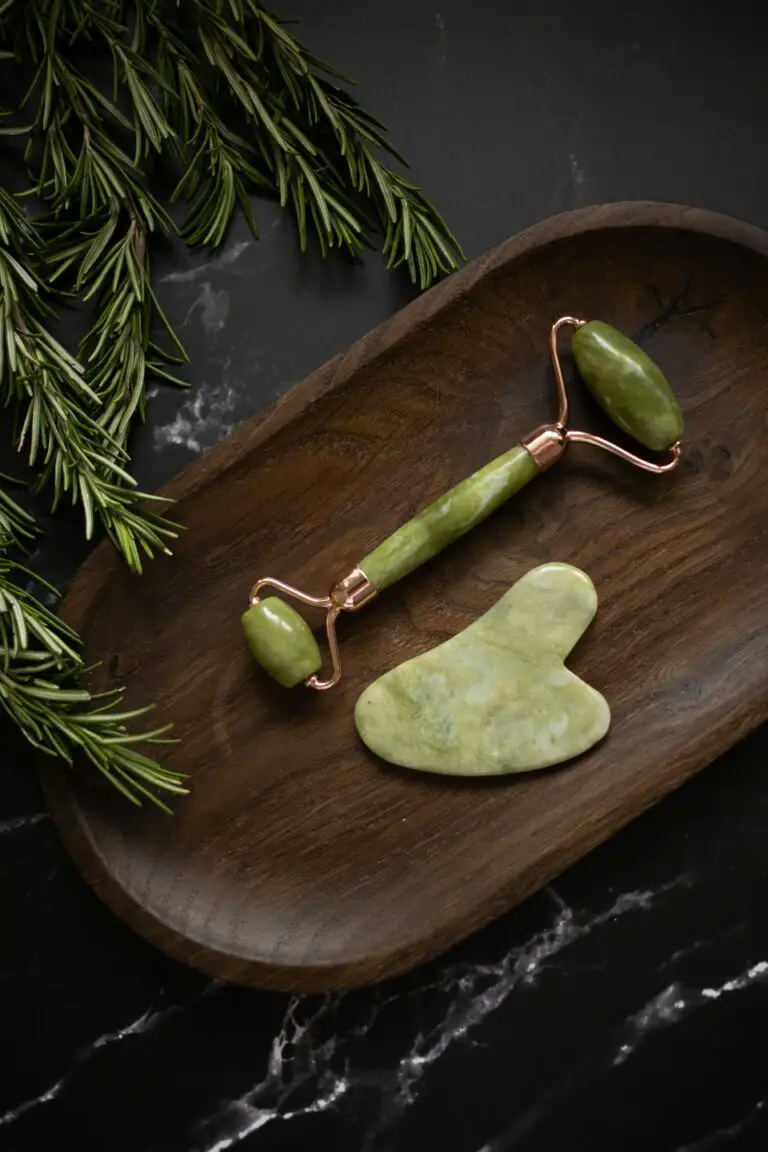
What exactly is Jade Rose Sempervivum?
Imagine a succulent that’s as tough as a rock yet boasts a floral finesse that captivates onlookers. The Jade Rose Sempervivum, also known as hens-and-chicks, crowns itself with fleshy leaves arranged in a mesmerizing rosette. Beloved for their resilience and minimal care, they turn any novice gardener into a green-thumbed wizard!
How do I propagate these hardy plants?
You’d be pleased to know that multiplying your Jade Rose collection is as simple as pie. Offset propagation is your best friend here. Wait for the little ‘chicks’ to sprout around the mother ‘hen,’ gently separate them, and, voilà, new plants will eagerly root and flourish—often with little more than a whisper of encouragement.
Can they really survive harsh winters?
Don’t let their delicate appearance fool you; these succulents wear an armor of tenacity against the cold! A real-life example would be a gardener in snowy Montana who watched in awe as her Jade Rose shrugged off a blanket of snow and greeted spring without a single blemish. Talk about ice-cold resilience!
When will I see them bloom, and what should I expect?
If patience is a virtue, then the Jade Rose Sempervivum is your virtuous companion. Blooming typically occurs in the late spring or summer, displaying star-shaped flowers on tall stalks, like a fireworks display in slow motion. Although each rosette blooms only once before saying farewell, the spectacle is a memorable swan song indeed.
Are they pet-friendly?
Good news for pet owners! These stoic beauties are non-toxic, so you can breathe a sigh of relief. Whether curious kitties or peppy pups, your furry friends can safely frolic around your Jade Rose without worry. However, remind your four-legged pals that chewing on them might not be as delightful as their usual treats.
Any tips for keeping them happy and healthy?
Oh, the joy of such low-maintenance companions! Bright, indirect sunlight, well-draining soil, and the occasional drink of water are the main tickets to thriving. Overwatering is their kryptonite, so let the soil dry out completely between waterings. Remember, these are drought-tolerant troopers that prefer a light touch over a heavy hand.


